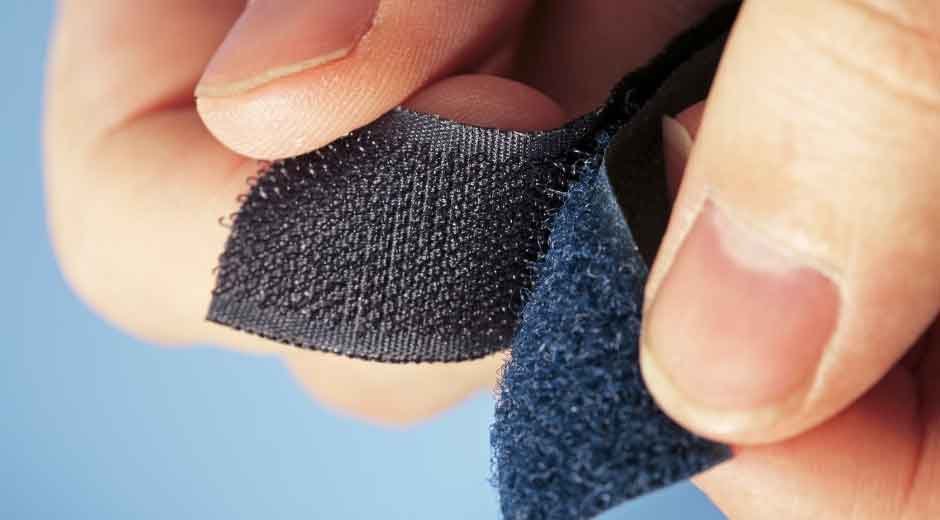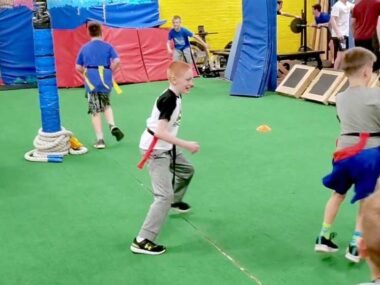Aging changes many aspects of life, including the way we handle everyday tasks like getting dressed. What was once effortless—buttoning a shirt, tying shoes, or zipping a jacket—can become a daily frustration for seniors dealing with arthritis, limited mobility, or reduced dexterity. That’s where Velcro clothing comes in. It’s not just about convenience; it’s about independence, comfort, and safety. Something as simple as swapping buttons or zippers for sew on fasteners can dramatically improve how seniors experience their daily routines.
Ease of Dressing: Independence Without the Struggle
For many older adults, fine motor skills decline with age, especially for those with conditions like arthritis or Parkinson’s disease. Traditional fasteners—buttons, snaps, and tiny zippers—demand precision and hand strength that may no longer come easily. Velcro simplifies that process into one easy motion: press to close, pull to open.
This ease can make a huge emotional difference. When seniors can dress themselves without assistance, it preserves their independence and dignity. That self-reliance helps build confidence and reduces the feeling of dependence that can come with aging. It’s not just clothing—it’s empowerment through simplicity.
Safety and Comfort Go Hand in Hand
Safety is another often-overlooked benefit of Velcro clothing. Struggling with zippers or shoelaces can lead to loss of balance or falls, which are one of the leading causes of injury among older adults. By minimizing awkward movements and reducing the need to bend or twist, Velcro closures help seniors stay stable and comfortable.
Shoes with Velcro straps, for instance, are easier to adjust for swelling feet and can prevent tripping. Adaptive jackets and pants with side Velcro openings eliminate the need for reaching behind or over the shoulder, which is especially helpful for those recovering from surgery or dealing with limited shoulder mobility. The Centers for Disease Control and Prevention notes that small home and clothing adjustments like these can significantly reduce fall risk among seniors.
Practicality Meets Dignity
Velcro clothing often carries an unfair stereotype of being purely “medical” or institutional. In reality, modern designs are stylish, discreet, and come in a variety of materials and patterns. Manufacturers now design adaptive wear that looks like regular clothing, with hidden Velcro panels that maintain a polished appearance.
For caregivers and family members, this balance between function and fashion makes daily care easier while still respecting a senior’s sense of personal style. Seniors don’t have to feel like they’re wearing “special” clothes; they’re simply wearing something that works better for them.
A Win for Caregivers Too
While the primary goal of adaptive clothing is to support the wearer, caregivers benefit as well. Helping someone dress multiple times a day can be time-consuming and physically demanding. Velcro closures turn that process into a few quick, gentle motions, reducing strain for both parties.
For seniors in assisted living or with in-home care, this means more time can be spent on meaningful activities rather than daily logistics. It also allows caregivers to assist with less physical exertion, which can help prevent injuries and burnout over time.
Better Hygiene and Maintenance
Clothing with Velcro fasteners tends to last longer and is easier to clean. There are no metal zippers to rust or buttons to fall off. This makes laundry simpler and reduces repair costs. Many adaptive garments are designed with durable, machine-washable Velcro that holds up over thousands of uses.
When properly maintained—by closing the Velcro strips before washing and cleaning out lint periodically—these fasteners stay strong for years. This reliability contributes to long-term savings and consistent performance, both key concerns for seniors living on fixed incomes.
Encouraging Activity and Independence
When dressing becomes easier, it also becomes more motivating. Seniors are more likely to get up, change clothes, and go about their day when it doesn’t feel like a chore. Whether it’s preparing breakfast, heading outside, or attending social gatherings, being able to get dressed without assistance encourages mobility and engagement.
Increased independence in daily tasks supports physical and mental well-being. The National Institute on Aging emphasizes that maintaining autonomy in routine activities can help seniors stay active, positive, and socially connected—critical factors for overall health as people age.
Making the Transition Smoothly
For seniors used to traditional clothing, switching to Velcro can take a little getting used to. The key is finding high-quality garments with secure, soft-touch fasteners that won’t irritate skin or snag fabrics. Start with items that make the biggest daily difference—like shoes, jackets, or pants—and expand gradually.
Adaptive brands now offer everything from dress shirts to slippers designed with subtle Velcro closures that look completely conventional. Over time, most seniors find they prefer the ease and comfort, wondering why they didn’t make the switch sooner.
Conclusion: Simplicity That Restores Freedom
Velcro clothing represents more than just convenience—it’s a quiet revolution in senior care and lifestyle design. It offers a way to maintain dignity, reduce risk, and restore independence in one of life’s most personal daily routines.
When something as simple as a fastener can make life easier, safer, and more enjoyable, it’s worth paying attention to. For seniors, every small improvement adds up to a better quality of life, and Velcro clothing proves that comfort and independence can truly go hand in hand.










